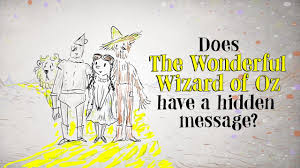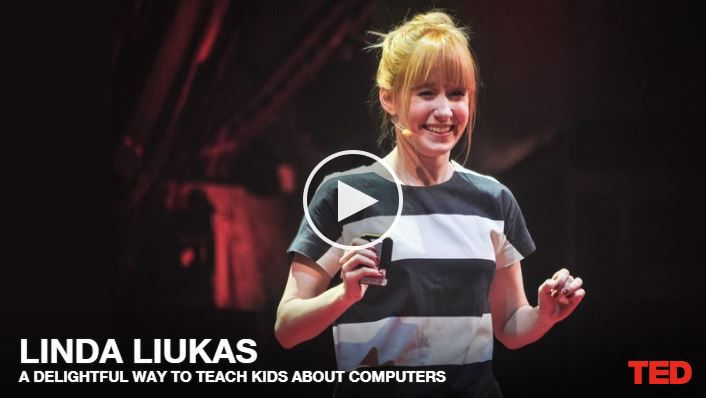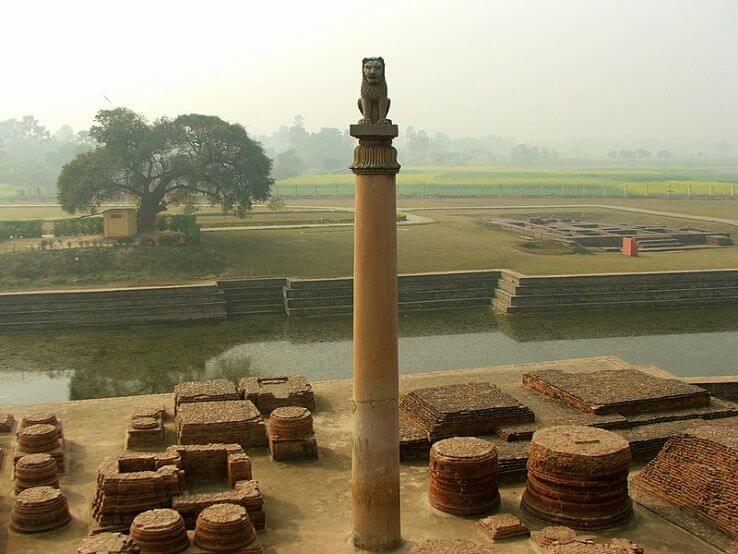Does “The Wonderful Wizard of Oz” have a hidden message?

In the summer of 1963, a high school teacher changed the way the world looked at “The Wizard of Oz.” His name was Henry Littlefield, and he was teaching an American history class. He’d made it to the late 19th century, a time called The Gilded Age, but he was struggling to keep his class interested in the complex social and economic issues of the time. Then one night, while he was reading “The Wonderful Wizard of Oz” to his daughters, he had an idea. In the 1890s, farmers wanted to add silver to the gold standard to put more money in circulation and make it easier for farmers to borrow.
In the book, Dorothy walked to the Emerald City on the Yellow Brick Road in her silver shoes. The movie’s ruby red slippers started out as silver. Silver and gold on the road to prosperity. L. Frank Baum had published the book in 1900 at the height of The Gilded Age, and the analogy didn’t seem out of the question. No one else had seen these connections, but that didn’t deter Littlefield. He taught his class about The Gilded Age using the book, and soon he and his students were finding more connections.
For instance, in the late 1890s, the U.S. had recently recovered from the Civil War and integrated vast new territories, bringing an era of prosperity for some. But while industry and finance in the North and East prospered, farmers across the South and Midwest struggled. This led to the Populist movement, uniting farmers and workers against urban elites.
By 1896, the movement had grown into the People’s Party, and its support of Democrat Williams Jennings Bryan put him in reach of the presidency. Meanwhile in Oz, claimed Littlefield, Dorothy is a typical American girl whose hard life in Kansas is literally turned upside down by powerful forces outside her control. The munchkins are the common people oppressed by the Witch of the East, banks and monopolies.
The Scarecrow is the farmer, considered naive but actually quite resourceful, the Tin Woodman is the industrial worker dehumanized by factory labor, and the Cowardly Lion is William Jennings Bryan who could be an influential figure if only he were brave enough to adopt the Populist’s radical program. Together, they travel along a golden yellow road towards a grand city whose ruler’s power turns out to be built on illusions.
Littlefield published some of these observations in an essay. His claim that this fantasy was actually a subversive critique of American capitalism appealed to many people in 1960s. Other scholars took up the theme, and the proposed analogies and connections multiplied. They suggested that Dorothy’s dog Toto represented the teetotalers of the prohibition party. Oz was clearly the abbreviation for ounces, an important unit in the silver debate. The list goes on. By the 1980s, this understanding of the book was accepted so widely that several American history textbooks mentioned it in discussions of late 19th century politics. But is the theory right? L. Frank Baum’s introduction claims the book is just an innocent children’s story.
Could he have been deliberately throwing people off the trail? And is it fair to second guess him so many decades later? There’s no definitive answer, which is part of why authorial intent is a complex, tangled, fun question to unravel. And some recent scholars have interpreted “The Wonderful Wizard of Oz” in the opposite way as Littlefield. They claim it’s a celebration of the new urban consumer culture.
Historian William Leach argued that the dazzling Emerald City of Oz was meant to acclimate people to the shiny, new America. In the end, all we know for sure is that Baum, inspired by European folk legends, had set out to create one for American children. And whether or not he intended any hidden meanings, its continuing relevance suggests he succeeded in creating a fairytale America can call its own.






Responses